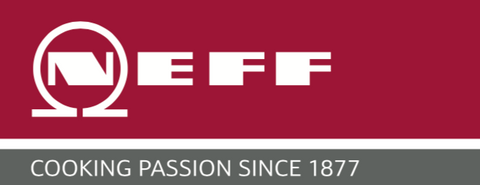BakeTips
Clever and useful tips for your kitchen.

Let it Soak
Bread and butter pudding is such a wonderfully comforting dessert, perfect for cooler weather.
read more

Cover your cake
When making a flourless roulade (such as a chocolate one) it is a good idea to cover it with a damp tea towel straight as soon as it comes out of the oven.
read more
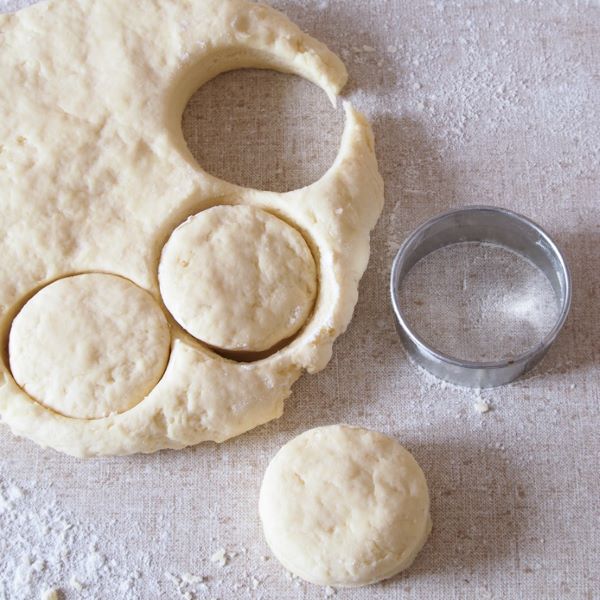
Cutting Scones
Do your scones rise unevenly?
read more

Roasted vegetables
Roasting vegetables tonight?
read more
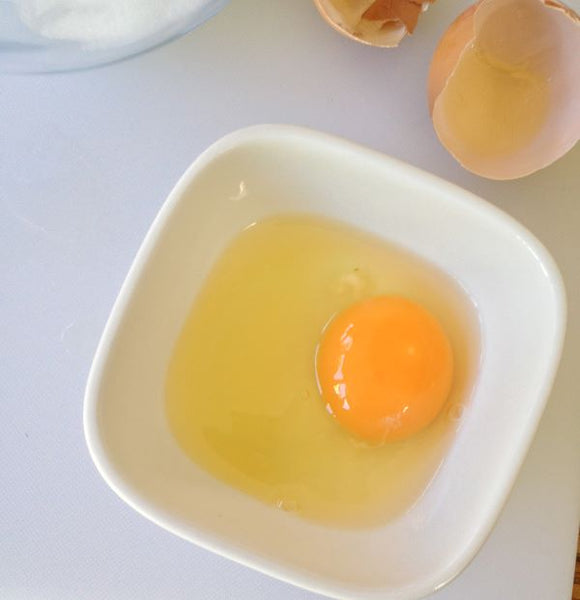
One Egg at a Time
When using eggs always break each one into a separate small bowl or ramekin
read more
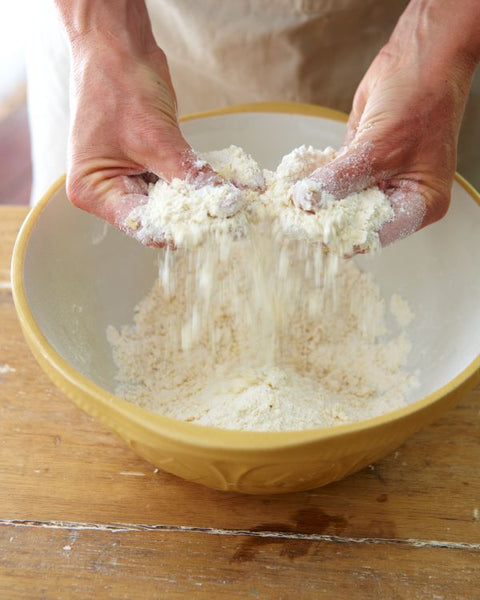
Rubbing Butter into Flour
When making pastry, such as a shortcrust, by hand make sure you only use your fingertips to rub the butter into the flour.
read more
Coloured Icing Sugar
We all know a little dusting of icing sugar can be the perfect finishing touch for our sweet baking.
read more

Sifting Wholemeal Flour
When sifting wholemeal flour don’t throw away the husks caught in the sieve.
read more

When to use the Paddle Attachment
Most stand mixers are now sold with a range of attachments made for specific mixing jobs, including a 'paddle' one.
read more
Less Sugar in Cakes
Ever wondered what would happen to the appearance of a cake if you reduce (or forget to add) the sugar? The white chocolate and almond cupcakes on the right have no added sugar (by mistake!)...
read more

Cracked Meringues
Cracks are a common problem when making meringue but they are easy to avoid when you know what is causing them.
read more
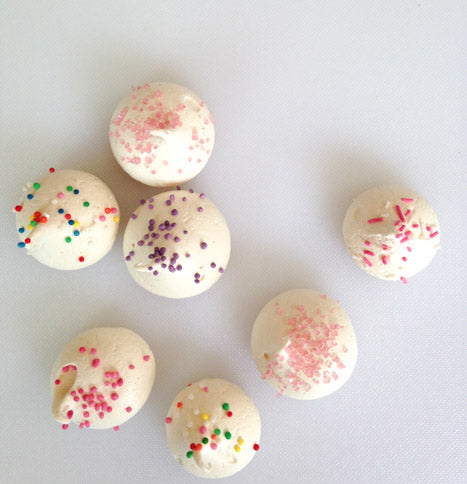
Chewy Meringues
Some like ‘em crisp, some like ‘em chewy. If you fall into the chewy camp with your meringues it is easy to make sure they have this hard-to-resist texture by taking them from the oven as soon as they have finished baking...
read more

Using Eggshells
If you are anything like me I always have an unusually large quantity of eggshells left after my baking….and oh what to do with them especially if you don’t have a compost? They can be...
read more

Don't Grease Tart Tins or Pie Dishes
When making a pie or tart there is no need to grease the tin before you line it with pastry – the high butter content in the pastry will naturally stop it from sticking to the tin.
read more

Don't Let Cake Mixture Sit Around
As soon as your cake mixture is ready bake it straight away. If a finished cake mixture sits for too long before going into the oven you won’t get the best results – especially cakes with egg whites
read more

Why Fresh Eggs are Best for Whisking
When whisking eggs for your baking it is always best to use the freshest eggs possible.
Here’s why: read more
Here’s why: read more

Flour Your Fork
When pressing biscuits with a fork to flatten before baking make sure you dip the fork into a little flour and then tap it to remove any excess. The light coating of flour will stop...
read more







